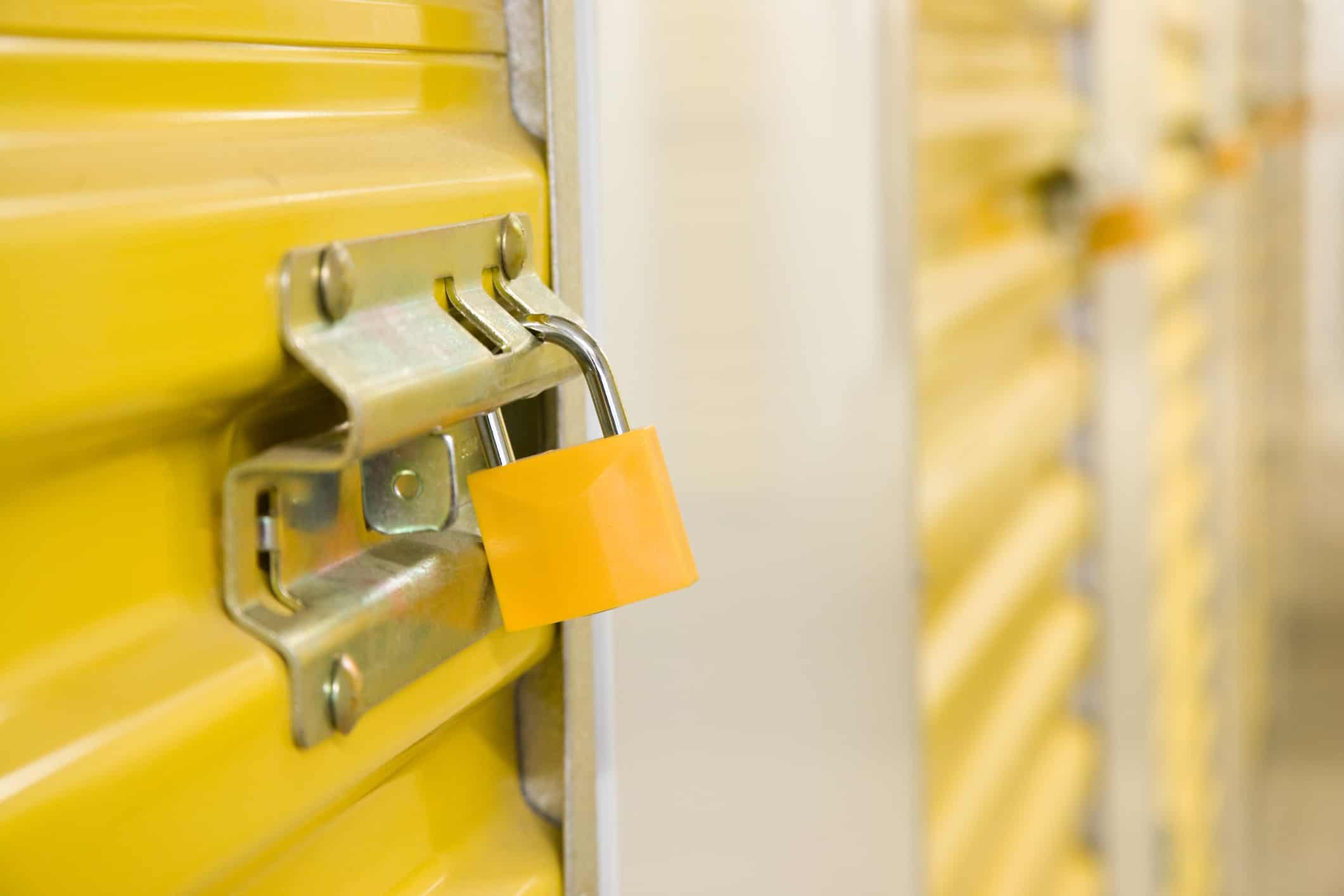Why do you use self-storage?
To keep your belongings somewhere safe when they can’t, for whatever reason, be in your home.
The keyword here being safe.
You want a storage facility that is safe and secure, which is going to protect your belongings against the obvious risks, like theft and vandalism. You hope it’s also going to provide protection against things like fire and flood.
Preventative measures against theft and vandalism are one thing, but protection against forces like fire and flood are another. Fire, in particular, is a major threat, largely because it can spread rapidly through a storage facility, consuming the abundant materials that serve as fuel.
Fire is hungry and stored belongings feed the flames
The destructive force of fires in storage facilities has been highlighted over the last few years with some facilities being burned to the ground. The most recent of these was just a few weeks ago, in the beginning of March 2021, when a facility in Manchester caught fire.
It took the might of 125 firefighters and 25 fire engines to extinguish the flames. A good many storage units and their entire contents were completely destroyed, and, unfortunately, there were many that had not been insured.
Headline grabbing disasters like these underscore the importance of storage insurance but you need a sound policy to protect your belongings from little disasters too.
Security-conscious self-storage facilities
You can do a little detective work to find out how security-conscious storage facilities are.
Onsite security
Take a walk around and take note of fencing – is it properly secure? Do dodgy characters just need some bolt cutters to enter the ground? Is it scalable, even for chaps who aren’t particularly agile?
What about the gate? Is it locked? Can someone hop over it easily? Is it manned 24/7? How is afterhours access managed?
Are there surveillance cameras and, very importantly, do they work and are they monitored? Is there a night watchman? Where are the cameras placed? It’s no good if the facility has cameras dotted along every passage if they face the wall.
Is there an alarm system? How quickly do police/security firms respond?
Don’t be afraid to ask someone to give you a tour and ask them all of the above questions.
Your unit’s security
You must take some responsibility for your storage unit. Buy the best lock you can afford and make sure it’s virtually indestructible – that is bolt-cutter-proof.
You must take responsibility for your belongings. This means that you need a facility that suits the items you’re going to store. An outdoor container is not antique furniture-friendly. Temperature fluctuates with the weather and it’s possible that the unit is not entirely sealed against the elements.
Even indoor units aren’t necessarily perfect for your belongings. This just means that some facilities don’t use dehumidifiers as part of their climate control system, so it’s not great for certain fabrics. Others have the whole kit and kaboodle, so you can store even the most delicate materials.
Be very aware of what you can’t store. Get a list of dangerous goods that are prohibited and stick to it – no paint tins, no fireworks, no guns and ammo, etc. If you store potentially dangerous goods, your unit could be the start of a fire that runs rampant through the facility.
The security of insurance
Insurance provides financial security in the event that some disaster befalls the facility or your unit only. Your storage insurance policy should cover the total new replacement cost of all the belongings in your storage unit. An inventory of all the items stored will stand you in good stead in case of theft and fire damage. That way you know exactly what is missing or damaged.
